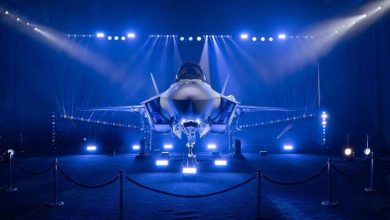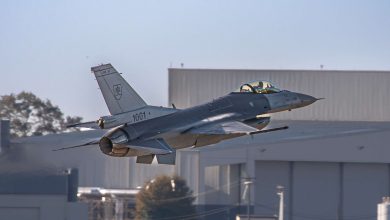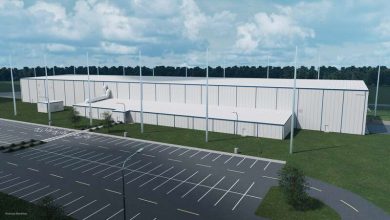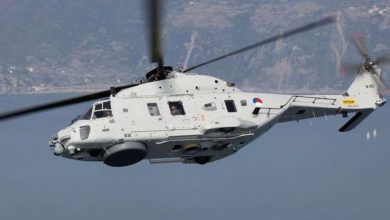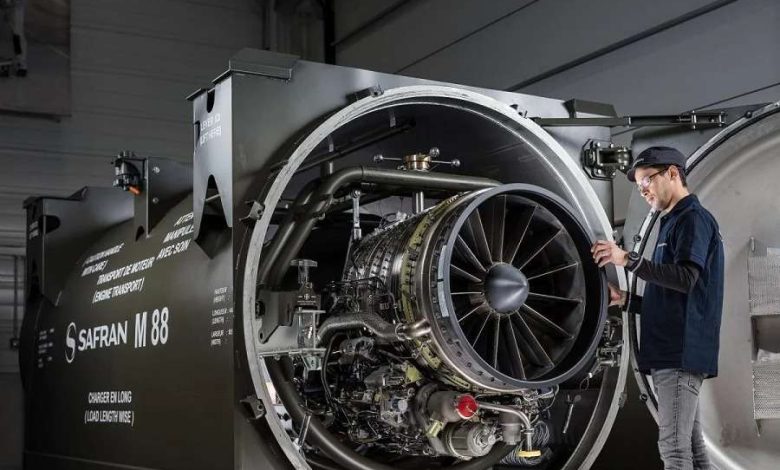
Qatar Armed Forces and Safran Aircraft Engines Forge Partnership for M88 Engine Support
During the Doha International Maritime Defence Exhibition and Conference (DIMDEX), Safran Aircraft Engines and the Qatar Armed Forces entered into a Services Agreement aimed at enhancing M88 engines that power Qatar’s existing fleet of 36 Rafale fighter jets.
This Services Agreement delivers a comprehensive array of services to the Qatar Armed Forces, including spare parts, repairs, overhauls, and thorough technical assistance on-site, thereby optimizing maintenance processes in collaboration with the customer.
“Safran Aircraft Engines has been an essential ally, facilitating the Qatar Armed Forces’ effective operations for over 40 years,” stated Brig. (Air) KHALID SAED AL HAMAD, Commander of the Air Support & Logistics Command in the Qatar Armed Forces. “We are thrilled to reinforce our enduring partnership with the firm through this agreement and eagerly anticipate the enhancements introduced by Safran Aircraft Engines for our flight operations support.”
“We are privileged to formalize this Agreement with the Qatar Armed Forces, which fortifies Safran Aircraft Engines’ premier support,” remarked Christophe BRUNEAU, Executive Vice President and General Manager of the Military Engines Division at Safran Aircraft Engines. “Our longstanding and trusted collaboration with the Qatar Armed Forces continues to flourish. Following the successful deployment of the M88 with the Qatar Armed Forces’ Rafale fleet, we are now amplifying our support mechanisms to match the growing utilization of M88 engines.”
The Qatar Armed Forces has been utilizing M53-powered Mirage 2000 fighter jets for over 25 years. They also operated Mirage F1 aircraft powered by the ATAR 9K engine and Alphajet trainer/light attack planes equipped with Larzac engines. In 2015, the Qatar Armed Forces became the second international customer for the Rafale, powered by Safran’s M88 engines.



